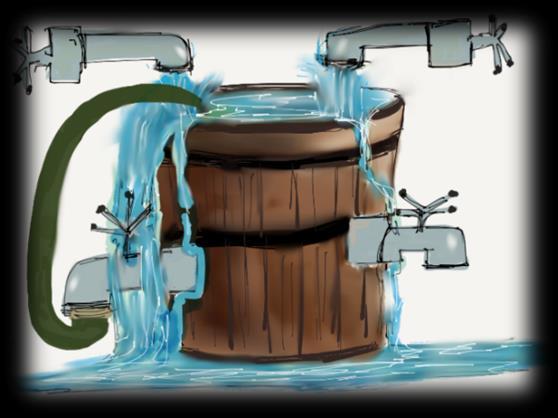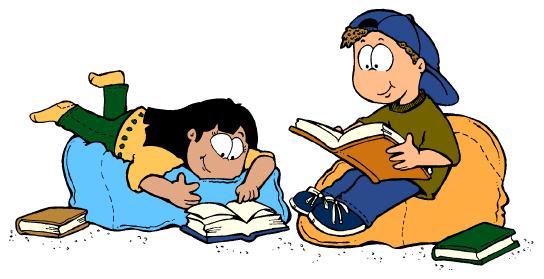
5 minute read
Part 3: The Cognitive Model
Section 3: Teaching and Learning Together
Part 3: The Cognitive Model
Advertisement
Objectives:
1.
2. To provide an overview of the Cognitive Model as a way to understand experiences To provide one strategy for helping persons to learn about how changing thoughts can influence emotions
Explaining the Cognitive Model
The techniques and approaches discussed in this handbook derive from a
popular form of psychotherapy referred to as Cognitive Behavioral Therapy (CBT)
(Ellis and Beck). As the name implies, this form of psychotherapy focuses on both
cognitions (thoughts) and behavior. The first part, the cognitive part, refers to
how a person interprets the world around him or her. From this viewpoint, it is
not what happens to a person, but how the person thinks about what happens
that is most important. The second part, behavioral, refers to the importance of
one’s actions on his or her mental health. In other words, the actions we take will
influence our moods and thoughts. Helping people to understand the factors that
influence their reactions to situations is central to CBT. This is most often
accomplished by teaching them about the cognitive model.
The Cognitive Model
Albert Ellis, Ph.D., was one of the earliest writers to help clients to link
events to certain outcomes (e.g., emotions and behaviors) by way of individual
beliefs. This helped to explain why two people could respond to the exact same
information very differently. The model was later popularized and expanded by
Aaron Beck, M.D. The basic components of the model (thoughts, feelings,
behaviors, physiological experiences) are described on the next page.
An event –for example, a problem or difficult situation to which a person responds (e.g., like hearing voices). The response to an event can be understood by examining the following table:
Cognitive Model Component
I will make others sick”
Thoughts
Emotions
Behaviors
Body Sensations Definition
How do you think about the event? What goes through your mind when it happens?
What emotions do you experience as a result of the event? What behaviors did you exhibit in response to the How did your body respond to the event?
Example
You hear a voice calling you a bad name and you think “It is the devil, I am cursed, event?
Afraid, angry
Shout at the voices, hide from others
Muscle tension, lethargy
Thoughts
Behaviors Emotions or Body sensations
Each component of the model influences every other component
The cognitive model provides a way of looking at events in our life to see
how our thoughts influence the way that we feel and what we do. By making
changes in the way we think about events, we can influence our reactions.
Recovery Enhancement Practices include helping clients to become aware
of how their thinking influences their emotions and behaviors. While the major
work of helping a person modifying thinking patterns is often facilitated by a
trained therapist, frontline providers can be helpful with helping to prepare
individuals for this work.
Strategy: Education to teach and learn about thoughts
Thoughts come and go
Sometimes we think of things on purpose, other times thoughts just happen
Thoughts can lead to feelings, sensations, and memories
Some thoughts are inaccurate or come from misinterpreting events o We all experience unhelpful thinking habits, like jumping to conclusions before we have all the information. It can be helpful to share a time you misinterpreted something or “jumped to a conclusion” that was not accurate. There is often more than one way to think about things that leads to different outcomes (see below)
Situation: “I am late for my appointment!” o Thought 1: They will be so mad, I am irresponsible---- Outcome:
o Feel anxious, tense, beat myself up Thought 2: They may be upset, but will understand Outcome:
mildly nervous, prepare a reason for lateness.
Once there is a realization that there are different ways to interpret situations, it
is helpful to practice thinking about situations in a variety of different ways.
I can see how you see it that way, but I wonder if there is another way to
look at it? Remember the time we talked about how different thoughts lead
to different outcomes? I wonder if we could practice it in this situation.
Action items: Think of one or two situations this week and practice identifying your thoughts in these situations
Situation 1: ________________________________________________
Thought: __________________ Outcome: _______________________
Thought: __________________ Outcome: _______________________
Situation 2: _____________________________________________
Thought: __________________
Thought: __________________ Outcome: _______________________
Outcome: _______________________
The main idea here is to help the person you are working with to be able notice
that the ways they think about situations affects how they feel and react. If you
find that the person you are working with is open to this method of working with
their concerns, consider making a referral to a counselor or therapist who is
trained in CBT-p within your agency for more in-depth work.
Section 3 Highlights: Managing Stress
What are my stressors today? Stress is normal –we all experience it
Too much stress is like too much water going into a bucket. When there is too much, the water overflows. When we have too much stress minds and bodies don’t work well. We may:
Hear voices Feel really nervous or paranoid Not see things accurately, jump to conclusions Break out in hives; get headaches; stomach aches Not sleep well
The good news is that we can learn ways to lower stress!
What are the skills that will help me most?
1.
2.
3. Take a break from the situation (reduce stressors)_____________________________________________ Take a breath and rethink your skill selection (Am I using old behavior (the hose) too much?)_______________________________________________
What new was of managing stress could I try out? _____________________________________________
Event
I’m late for my appointment Thought
They will be mad. I am irresponsible. Outcome
Tense, Stressed out Alternative Thought
They may be upset, but they will understand Outcome
Relief
REMEMBER:
How to work with thoughts
There is often more than one way to think about things Sometimes we all make mistakes in our interpretation of things Sometimes we think things on purpose, sometimes thoughts just happen Changing our thoughts leads to changing our emotions and behaviors







